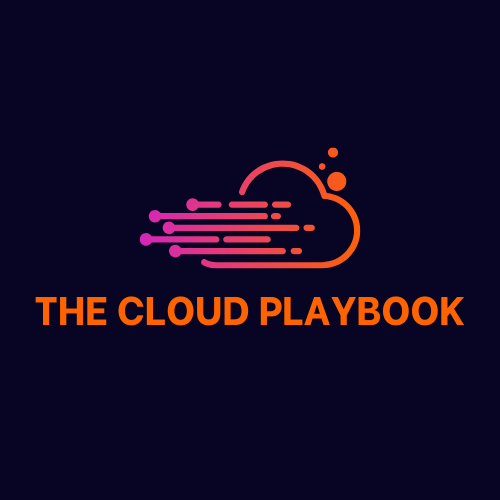TCP#23: Every byte of data has a story
Master setting up data pipelines on AWS effortlessly
You can also read my newsletters from the Substack mobile app and be notified when a new issue is available.
Data pipelines are the backbone of modern data-driven applications.
They enable the seamless flow of data from its source to its destination, transforming and processing it along the way.
AWS provides robust tools to build, manage, and scale data pipelines.
In today’s newsletter, I will guide you through the essentials of setting up data pipelines on AWS, making it easy to get started.

Understanding Data Pipelines
A data pipeline is a series of steps where data is processed and moved from one system to another.
Think of it as a conveyor belt in a factory: raw materials (data) enter at one end, undergo various processes, and exit as finished products (processed data) at the other.
In AWS, data pipelines typically involve services like:
S3 for storage
Glue for transformation, and
Redshift for data warehousing.
Here’s what to do next: Identify your organization’s data sources— transactional databases, log files, or third-party APIs—and consider the format and frequency of data processing.
Choosing the Right AWS Services
AWS offers several services to build your data pipeline, each suited to different tasks.
Step 1: Data Ingestion with AWS Kinesis or AWS Data Migration Service
For streaming data, AWS Kinesis is ideal. It allows real-time data collection from various sources.
AWS Data Migration Service (DMS) is your go-to option for migrating data from on-premises databases to the cloud.
Step 2: Data Storage with Amazon S3
Amazon S3 is the most common storage option for data pipelines.
It’s scalable, durable, and integrates well with other AWS services. Store raw data before processing and processed data in S3.
Step 3: Data Transformation with AWS Glue
AWS Glue is a fully managed ETL (Extract, Transform, Load) service that helps you transform and prepare data for analysis.
You can create Glue jobs to clean, format, and enrich your data before it moves to the next stage.
Designing Your Data Pipeline
The design of your data pipeline depends on your data processing needs.
A typical pipeline might involve data ingestion, storage, processing, and analysis.
Step 1: Start with a Simple Ingestion Process
Keep reading with a 7-day free trial
Subscribe to The Cloud Playbook to keep reading this post and get 7 days of free access to the full post archives.


